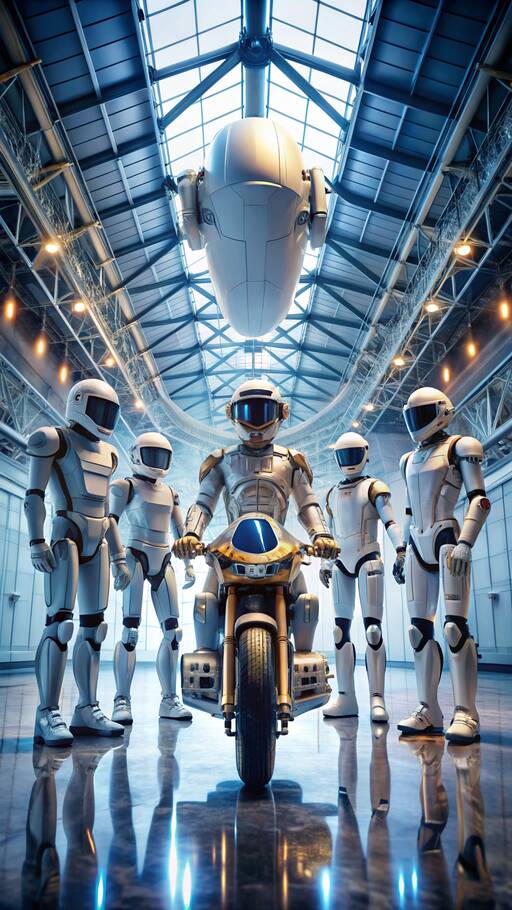
Honda's Research and Development team recently launched a rocket that stands 20.67 feet tall and measures 33.47 inches in diameter. During its flight, this rocket ascended to a height of 890.42 feet, weighed 2,892.47 pounds at launch, and stayed airborne for 56.6 seconds, landing just 14.57 inches from its target. Although this was a non-orbital experiment, it was a crucial step in evaluating the rocket's flight, descent, and landing capabilities—challenges that even seasoned companies like SpaceX continue to address.
Honda's venture into rocketry is driven by their ambition to explore fields beyond the automotive and aviation industries, specifically space technology. Announced in 2021, Honda's space initiatives will include renewable energy systems, space robotics, and the development of reusable rockets.
Although Honda is not aiming to compete with SpaceX as a commercial space launch company—at least not in the immediate future—their goal is to achieve suborbital flight by 2029. This involves launching a rocket into space without entering Earth's orbit, showcasing a deliberate and cautious approach to space exploration.
Honda's recent activities reflect the technological advancements made by companies like Tesla, which is relatively new to humanoid robotics, and SpaceX, a pioneer in private space exploration. Interestingly, Honda's Asimo robot predates Tesla's ventures into robotics, while their efforts in rocketry are just beginning to take off.
While imagining an "Acura-badged" rocket with a playful Super-Handling All-Weather Descent mode or a red Type R badge is speculative fun, these ideas embody Honda's spirit of innovation and excellence.
Summary: